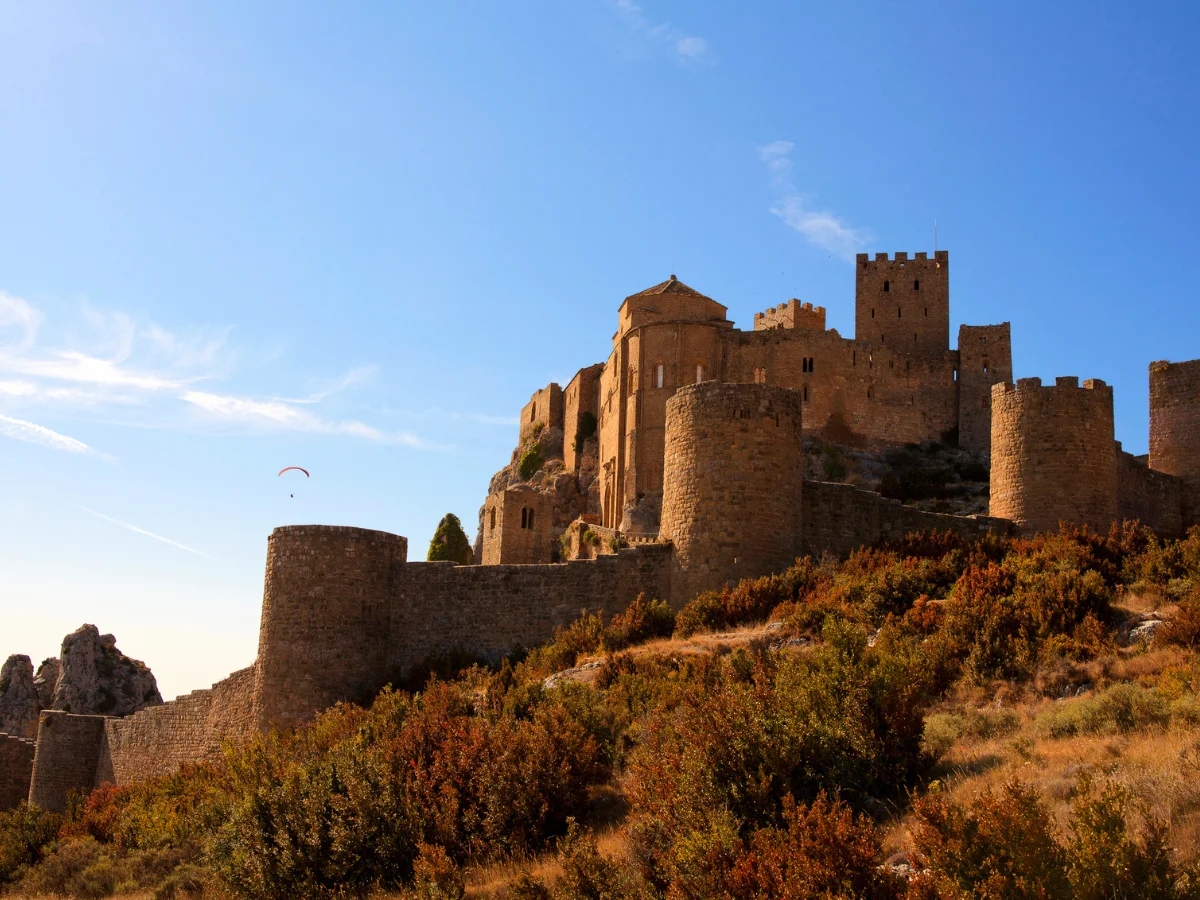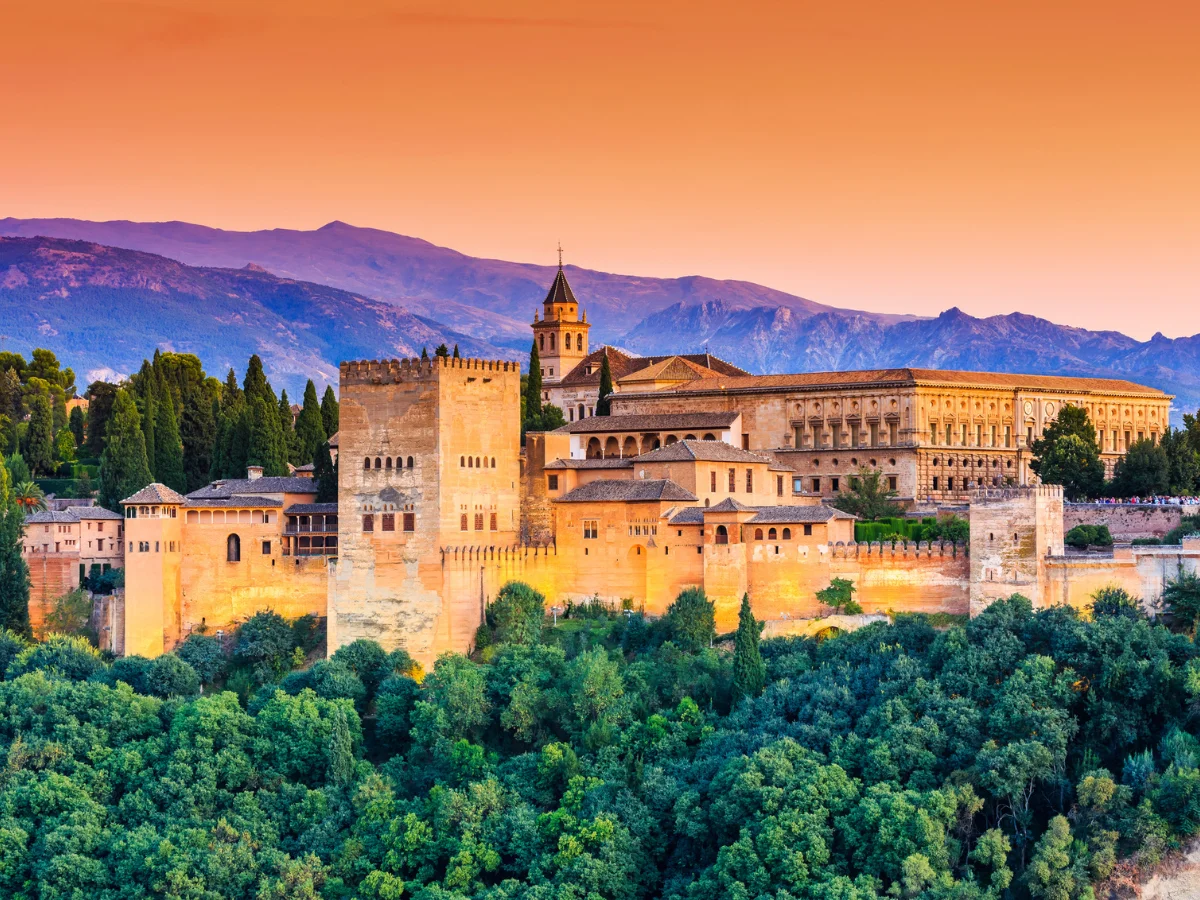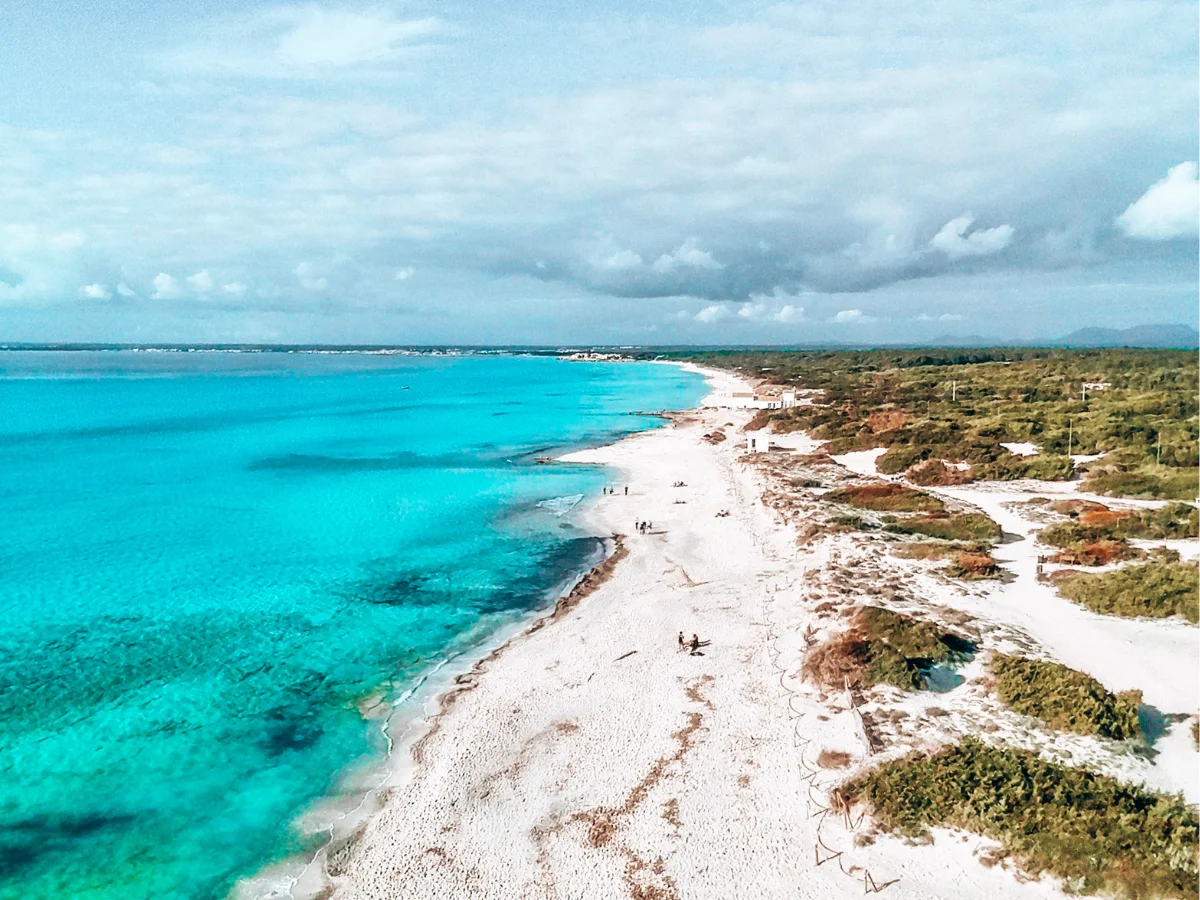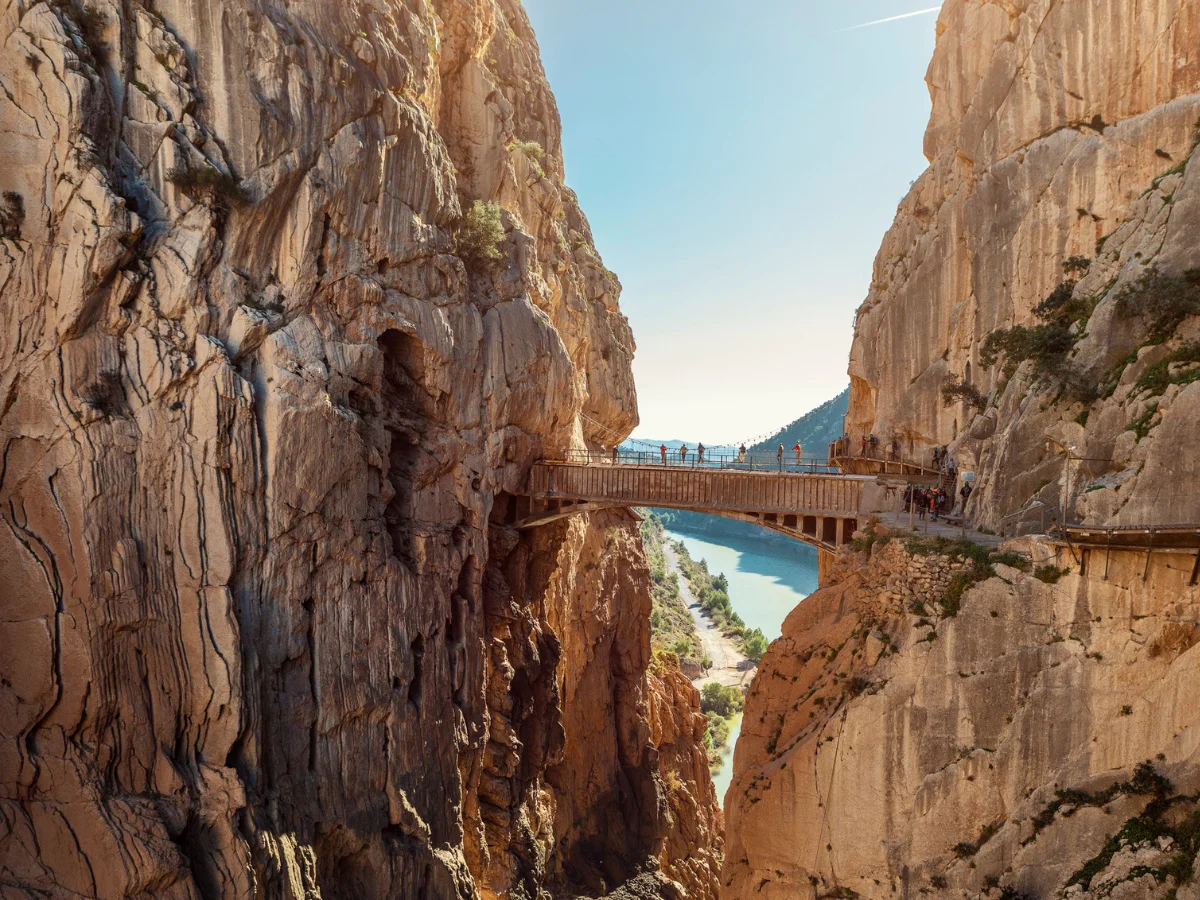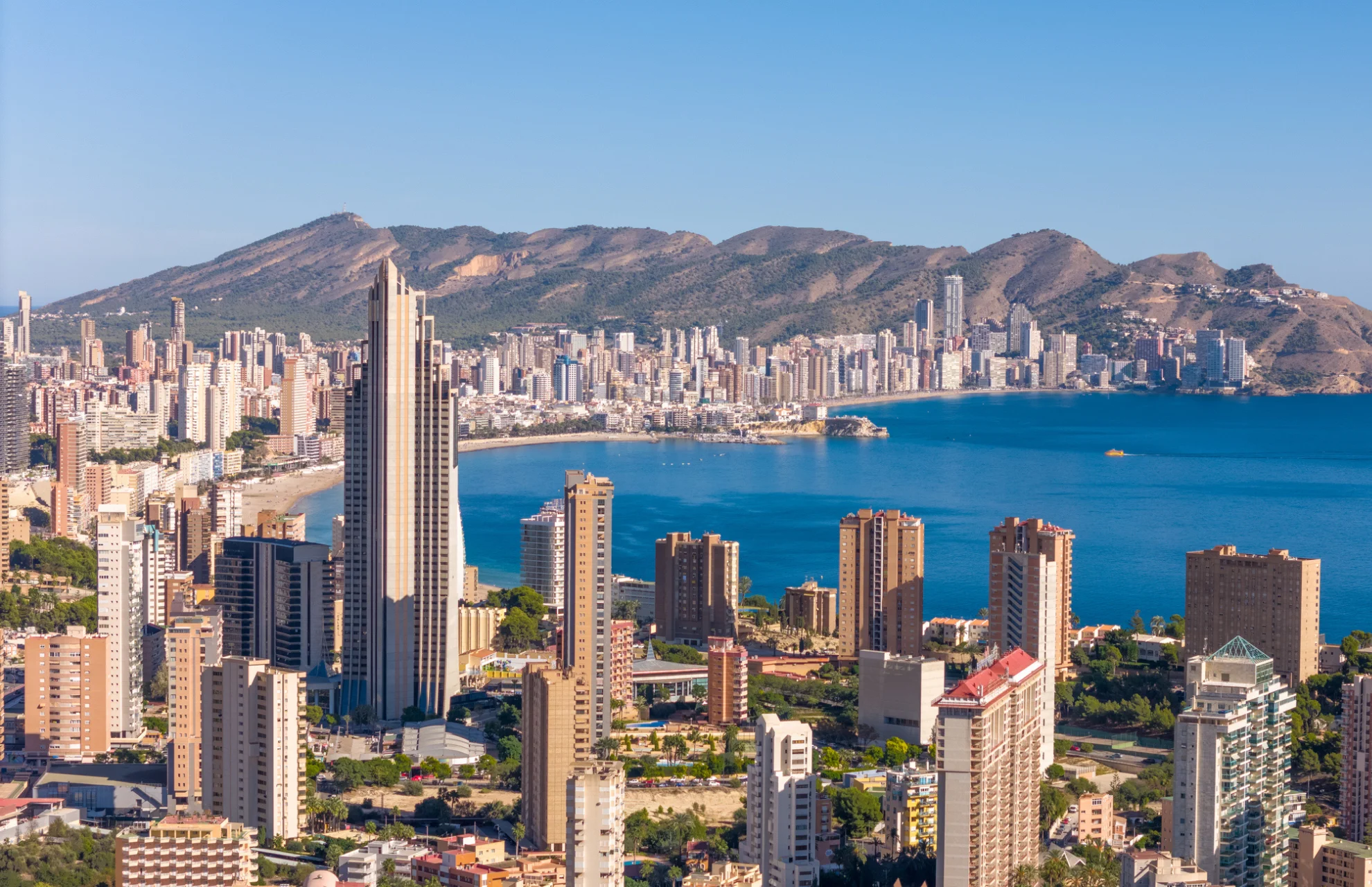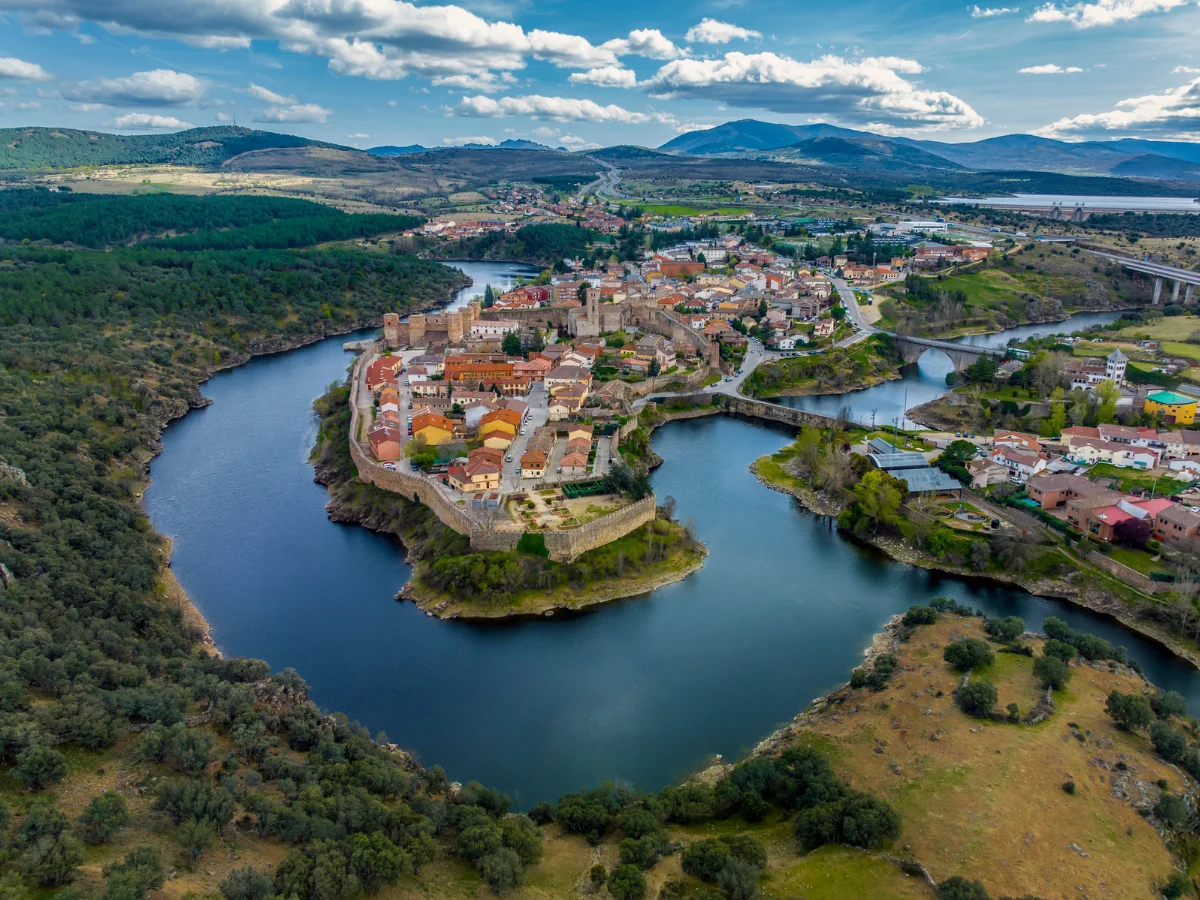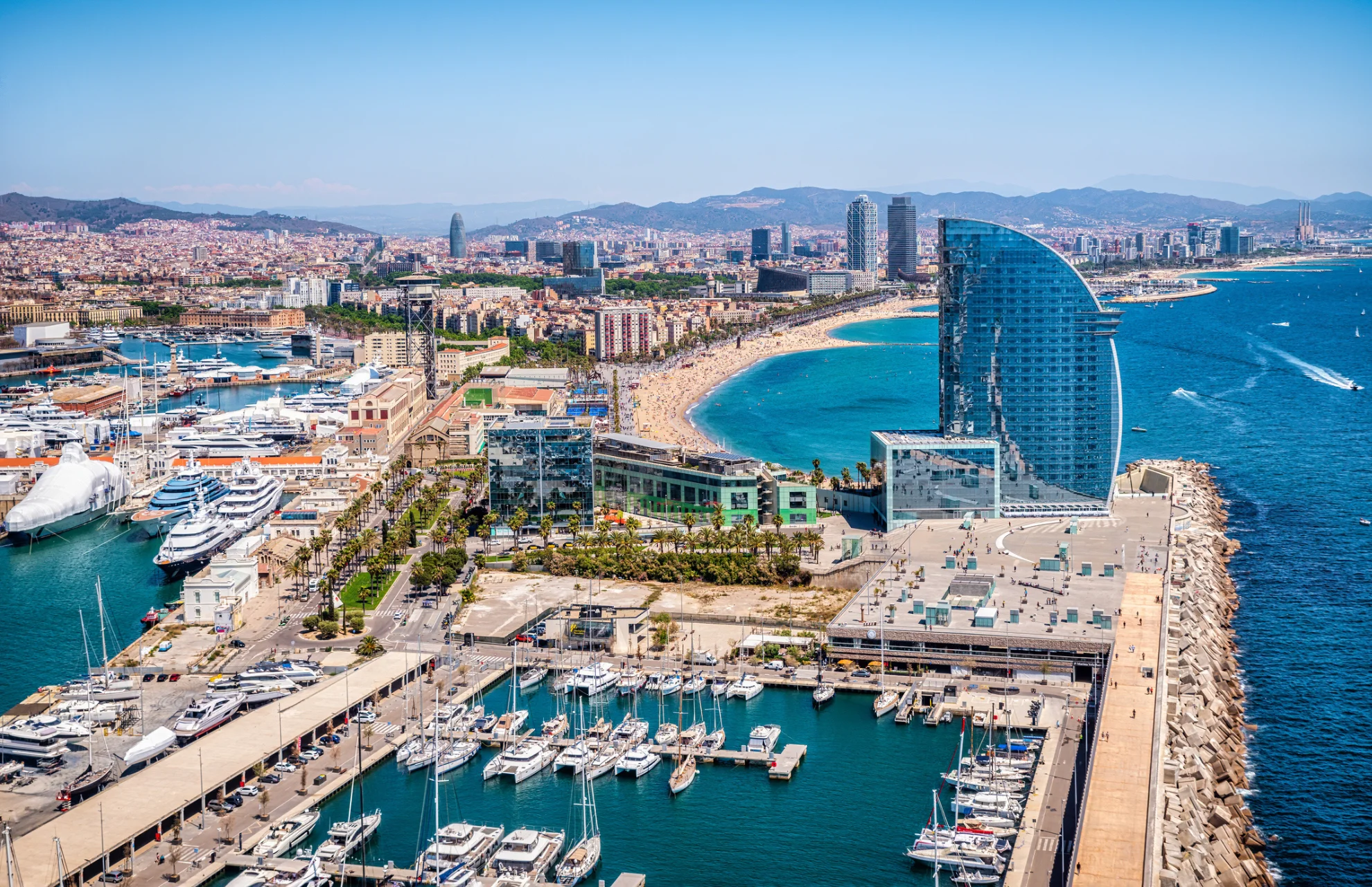The Kingdom of Aragon
The Kingdom of Aragon, rising in medieval Spain, expanded through strategic alliances and conquests, controlling territories such as Catalonia and Valencia. Renowned for its maritime prowess, Aragon dominated Mediterranean trade routes, fostering economic prosperity. Its cultural patronage and intellectual achievements flourished, leaving a lasting legacy. Aragon played a pivotal role in the Reconquista, reclaiming territories from Moorish rule.
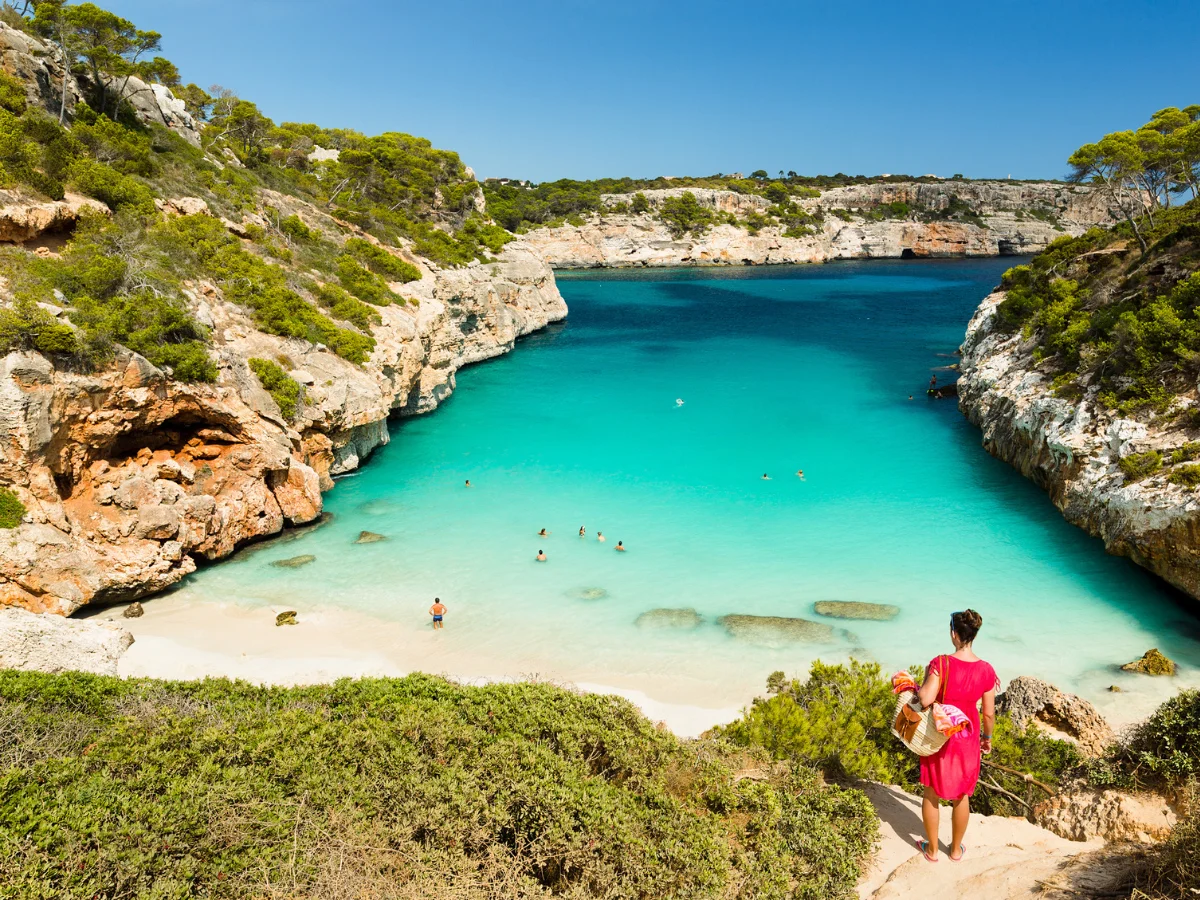
The Kingdom of Aragon in Ancient Spain
History of the region of Aragon before the Kingdom of Aragon
Ancient Origins of Aragon
Aragon, nestled in the northeastern part of the Iberian Peninsula, boasts a rich tapestry of history dating back to ancient times. Its story begins with early settlers who were drawn to its fertile lands, shaping its cultural landscape for centuries.
Early Settlers: Iberians and Celts
The allure of Aragon’s fertile soils attracted various ancient people, including the indigenous Iberians and Celts. These early settlers established communities and left their mark on the region’s culture and traditions.
Roman Conquest: Shaping Aragon’s Destiny
In the 3rd century BC, the Roman legions swept across the Iberian Peninsula, including the territory of Aragon. The Roman conquest marked a pivotal moment in Aragon’s history, bringing profound changes to its society, economy, and governance.
Roman Influence and Legacy
Under Roman rule, Aragon flourished as part of the larger Hispania province. Roman infrastructure, such as roads and aqueducts, crisscrossed the region, facilitating trade and communication. Additionally, Roman culture left an indelible imprint on Aragonese society, influencing language, architecture, and governance.
Visigothic Rule: A Time of Transition
Following the decline of the Western Roman Empire, Aragon experienced a period of transition under Visigothic rule. The Visigoths, a Germanic people, established their dominion over the Iberian Peninsula, including Aragon, shaping the region’s political and social landscape. Furthermore the propagation of Christianity during Visigothic rule in Aragon laid the foundation for a lasting religious and cultural legacy in the region.
Islamic Conquest: The Moorish Influence
In the 8th century AD, the Moors, Islamic conquerors from North Africa, swept into the Iberian Peninsula, including Aragon. Their rule brought significant cultural, architectural, and technological advancements, leaving a lasting impact on the region.
The Kingdom of Aragon in Ancient Spain
Creation and Expansion of the Kingdom of Aragon
Creation
The Kingdom of Aragon formed through alliances and conquests. Its origins trace back to the 9th century. Aragon united various territories under its rule. Leaders like Ramiro I played pivotal roles in its establishment.
Early Conquests
In the early conquests of the Kingdom of Aragon, swift armies swept across the land, claiming territories with relentless force. Bold leaders led their troops, carving a path of domination through rugged terrain and fortified cities. Victory after victory, Aragon’s power surged, shaping the destiny of the Iberian Peninsula.
Consolidation of Power
Following the Reconquista, Aragon focused on consolidating its power and expanding its influence in the Iberian Peninsula. Through strategic alliances with neighboring kingdoms such as Navarre and Catalonia, Aragon strengthened its military and political position, paving the way for further expansion.
Conquest of Valencia
One of Aragon’s most significant conquests was the capture of Valencia in the early 13th century. Under the leadership of King James I, Aragonese forces launched a successful campaign to wrest control of Valencia from Muslim rule. This conquest marked the culmination of the Reconquista in eastern Spain and expanded Aragon’s territory to the Mediterranean coast.
The conquest of the Balearic Islands
Aragon’s conquest of the Balearic Islands showcased its maritime prowess. Aragonese ships, laden with warriors, stormed ashore, overwhelming defenders. Island by island, they secured dominance, integrating diverse cultures into the kingdom’s fold. This expansion solidified Aragon’s influence in the western Mediterranean, shaping its legacy for centuries.
Maritime Expansion
Aragon’s expansion extended beyond the Iberian Peninsula to the Mediterranean Sea. Through maritime expeditions and naval prowess, Aragonese sailors explored and conquered islands such as Sicily, Sardinia, and the Balearic Islands. This maritime expansion enhanced Aragon’s economic power and solidified its status as a dominant Mediterranean empire. Maritime dominance was a defining feature of Aragonese authority.
Influence over crucial Mediterranean trade routes
The Kingdom of Aragon commanded vital Mediterranean trade routes, dictating commerce’s flow. Its strategic ports buzzed with activity as merchants from diverse lands traded goods. Aragon’s dominance ensured prosperity, linking distant cultures and fueling its own economic growth. This maritime control cemented Aragon’s position as a Mediterranean power.
Union with Catalonia
In the 12th century, Aragon forged a historic union with Catalonia through marriage alliances and political agreements. This union, known as the Crown of Aragon, brought together the territories of Aragon, Catalonia, Valencia, and the Balearic Islands under a single crown. The union with Catalonia contributed to Aragon’s territorial expansion and cultural diversity.
Territorial Acquisitions
Throughout the Middle Ages, Aragon continued to expand its territory through military conquests and diplomatic maneuvers. It annexed regions such as Roussillon, Cerdanya, and the Kingdom of Naples, extending its reach into southern France and Italy. These territorial acquisitions bolstered Aragon’s power and influence in Europe.
Significant influence over Northern Africa
The Kingdom of Aragon exerted notable sway over Northern Africa in different epochs. Through diplomacy and conquest, Aragon forged alliances and expanded its reach across the region. Trading hubs flourished under Aragonese patronage, fostering cultural exchange and economic prosperity. Aragon’s imprint on Northern Africa echoes through the annals of history.
Diplomatic Alliances
Aragon’s expansion was not solely achieved through military conquests but also through shrewd diplomatic alliances. By forming alliances with other European powers such as the Kingdom of Castile and the Papal States, Aragon secured support for its expansionist ambitions and gained legitimacy on the international stage.
Legacy of Expansion
The expansion of Aragon left a lasting legacy that shaped the course of European history. It established Aragon as a major political and economic power in the Mediterranean region and contributed to the cultural flourishing known as the Golden Age of Aragon. The territorial acquisitions and diplomatic alliances forged during this period laid the groundwork for Aragon’s enduring influence.
The Kingdom of Aragon in Ancient Spain
Military
Aragon, a kingdom in ancient Spain, wielded significant military power during its heyday. Through strategic alliances, innovative tactics, and skilled leadership, Aragon emerged as a formidable force in the Iberian Peninsula.
Foundation of Military Strength
The military strength of Aragon stemmed from its geographical advantages. Nestled between the Pyrenees Mountains and the Mediterranean Sea, Aragon enjoyed natural barriers that shielded it from invasions. This rugged terrain provided a defensive advantage, allowing Aragonese forces to fend off attackers effectively.
Strategic Alliances
Aragon bolstered its military might through strategic alliances. By forming alliances with neighboring kingdoms such as Navarre and Catalonia, Aragon expanded its military reach and gained access to additional resources and manpower. These alliances also provided mutual protection, strengthening Aragon’s position against external threats.
Naval Dominance
Aragon’s control over key coastal regions facilitated naval dominance in the Mediterranean. The Aragonese navy patrolled trade routes, protected merchant vessels, and conducted naval expeditions to expand territorial influence. This maritime power enhanced Aragon’s economic prosperity and secured its position as a regional maritime force.
Innovative Warfare Tactics
Aragonese military commanders employed innovative warfare tactics to outmaneuver adversaries. One such tactic was the use of light cavalry, known as jinetes, who excelled in hit-and-run attacks and reconnaissance missions. This mobile cavalry force provided Aragon with flexibility on the battlefield, enabling swift strikes and strategic retreats.
Conquest and Expansion
Aragon’s military prowess fueled a campaign of conquest and expansion across the Iberian Peninsula. Through a series of military campaigns, Aragon annexed territories such as Valencia, and even Italian and Greek cities, expanding its influence and consolidating its power. These conquests established Aragon as a dominant force in the region.
Fortification and Defensive Strategies
Aragon invested heavily in fortification and defensive strategies to safeguard its borders and major cities. The construction of castles, fortresses, and city walls fortified key strategic locations, deterring potential invaders and providing refuge for civilians during times of conflict. These defensive measures bolstered Aragon’s resilience against external threats.
Conquest of the Duchy of Athens
Aragon’s conquest of the Duchy of Athens showcased its military prowess. With strategic brilliance, Aragonese forces swiftly overran the duchy, securing control over key territories. This victory bolstered Aragon’s influence in the Eastern Mediterranean, establishing a foothold in the heart of Byzantine territories and shaping regional dynamics for years to come.
Military Leadership
Aragon benefited from skilled military leadership throughout its history. Rulers such as James I of Aragon and Alfonso V of Aragon demonstrated strategic acumen and tactical prowess on the battlefield. Their leadership not only inspired troops but also facilitated military innovation and success in warfare.
Legacy of Military Power
The military power of Aragon left a lasting legacy in the annals of history. It shaped the geopolitics of the Iberian Peninsula, influenced Mediterranean trade routes, and contributed to the cultural and territorial expansion of the kingdom. Aragon’s military achievements continue to be studied and revered as a testament to its prowess on the battlefield.
The Kingdom of Aragon in Ancient Spain
Famous people
The Kingdom of Aragon, located in ancient Spain, produced many renowned individuals who left a lasting impact on history. From valiant kings and military leaders to influential artists and intellectuals, Aragon boasted a rich tapestry of talent and achievement.
Alfonso the Battler
Alfonso I, known as Alfonso the Battler, was a legendary king of Aragon who reigned from 1104 to 1134. Renowned for his military prowess, Alfonso led campaigns to expand Aragonese territory, including capturing Zaragoza from Muslim rule. His strategic brilliance and tenacity earned him a place among the great rulers of medieval Spain.
James I of Aragon
James I, also known as James the Conqueror, was a formidable monarch who ruled Aragon from 1213 to 1276. He is celebrated for his conquest of Valencia, which marked the culmination of the Reconquista in the Iberian Peninsula. James I’s reign ushered in a period of territorial expansion and cultural flourishing known as the Golden Age of Aragon.
Peter IV of Aragon
Peter IV, known as Peter the Ceremonious, was a pivotal figure in Aragonese history, reigning from 1336 to 1387. He navigated complex political challenges and strengthened Aragon’s influence in the Mediterranean region. Peter IV’s patronage of the arts and culture enriched Aragonese society, leaving a lasting legacy of artistic achievement.
Ramiro I of Aragon
Ramiro I, the first King of Aragon, ascended to the throne in 1035 and ruled until 1063. He laid the foundation for the Kingdom of Aragon, consolidating power and expanding territory through diplomatic alliances and military conquests. Ramiro I’s reign marked the beginning of Aragon’s emergence as a significant political entity in medieval Spain.
Martin I of Aragon
Martin I, also known as Martin the Humane, was a compassionate and enlightened ruler who reigned from 1396 to 1410. He promoted religious tolerance and cultural diversity, fostering a climate of peace and prosperity in Aragon. Martin I’s reign is remembered as a period of social harmony and intellectual flourishing.
Catalina de Aragón
Catalina de Aragón, better known as Catherine of Aragon, was a Spanish princess who became Queen of England through her marriage to first Arthur, Prince of Wales and then his brother King Henry VIII. Despite facing personal and political challenges, Catherine remained steadfast in her convictions and upheld her dignity as queen. Her legacy as a devout and resilient woman endures in English history.
Francisco de Goya
Francisco de Goya, born in Fuendetodos, Aragon, was a groundbreaking artist who revolutionized the world of painting and printmaking. His provocative and evocative works captured the tumultuous social and political landscape of his time, earning him acclaim as one of the greatest artists of the Romantic era. Goya’s legacy continues to inspire artists and provoke contemplation.
Gaspar Sanz
Gaspar Sanz, a native of Calanda, Aragon, was a renowned composer, guitarist, and priest who made significant contributions to Baroque music. His seminal work, “Instrucción de música sobre la guitarra española,” remains a cornerstone of classical guitar repertoire. Sanz’s innovative compositions and technical mastery continue to be celebrated by musicians worldwide.

